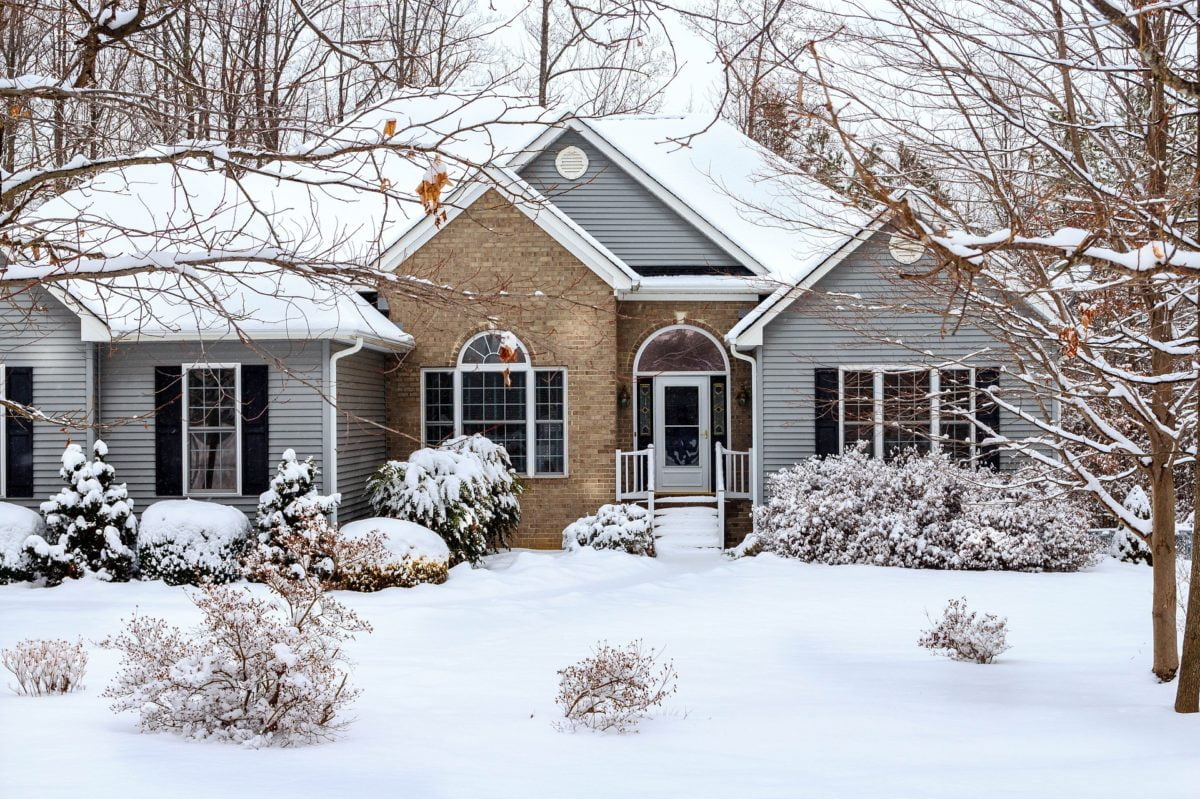Raising a lush, green, beautiful lawn requires the diligence and knowledge of a farmer. In mild climate zones, the winter cycle remains a vibrant growth cycle where you can maintain your usual lawn care regimen. However, if you live in a colder region that has snow accumulation or sub-freezing temperatures, there are several important components of winter lawn care that you should perform regularly. In this article we will discuss the important lawn maintenance tips you need to know to prepare and care for your lawn during the dead of winter.
Winter Lawn Maintenance
The good news is that your lawn is resilient and can thrive even in the toughest conditions. However, you can give your lawn the best chance at health by following a regular maintenance schedule. If you follow these tips, you’ll have the assurance that when the frost melts and the temperatures again begin to rise, your lawn will again be the most beautiful yard in your neighborhood.
Fall Preparation
One of the most important components of winter lawn maintenance is preparing your lawn in the fall. Your lawn will go dormant in extremely cold temperatures. Think of it as the equivalent of a bear hibernating in the winter. The grass is safe and healthy while it is dormant, but there is a lot you can do to make sure it comes back strong and green in the spring.
Fall is a good time for aerating, fertilizing and overseeding. As cool months are approaching, you might choose cool weather seed. Be sure not to over-fertilize as this can burn or otherwise damage your yard. When the overseeding has taken time to root, make sure you rake up any leaves to prevent the grass from being smothered. Finally, cut your grass down to about two-and-a-half inches, never reducing the length of the grass by more than a third in each cutting. Short grass means your lawn is less likely to smother in the winter months.
The First Frost
The first frost will represent a change in your lawn maintenance philosophy. Your lawn will go dormant and might change color to more of a drab brown. Do not be concerned. Dormancy is a natural and healthy component of your lawn’s life cycle. The frost is not harmful to your lawn, but you should avoid walking on your lawn when there is no snow cover. The frost can make the blades brittle, and foot traffic on frost-covered grass can delay its recuperation in the spring.
Snow
Snow provides a protective barrier over your lawn. Try to avoid compacting snow to ice or creating high traffic trails in your yard. In the summer, high traffic trails will still be yellow when the rest of your yard has turned green. It’s important not to leave lawn furniture on your yard throughout the winter or logs by your fire pit. Anything heavy that sits on your lawn throughout the winter will collect ice, smother the grass, and could create a bare patch when the spring thaw arrives.
Prepare for a Vibrant Spring
Your winter lawn maintenance preparation will help ensure that you experience a vibrant spring. By removing leaves and other debris that might gather moisture and become a breeding ground for disease, you can ensure that your lawn and family will be happy, healthy, and hearty when the spring comes.
Your lawn is resilient, but there is a lot you can do in the fall to make sure it is restored to its lush, green luster as soon as the spring thaw arrives. If you’d like more information on a seasonal or winter lawn maintenance plan, contact Weed-A-Way today!

